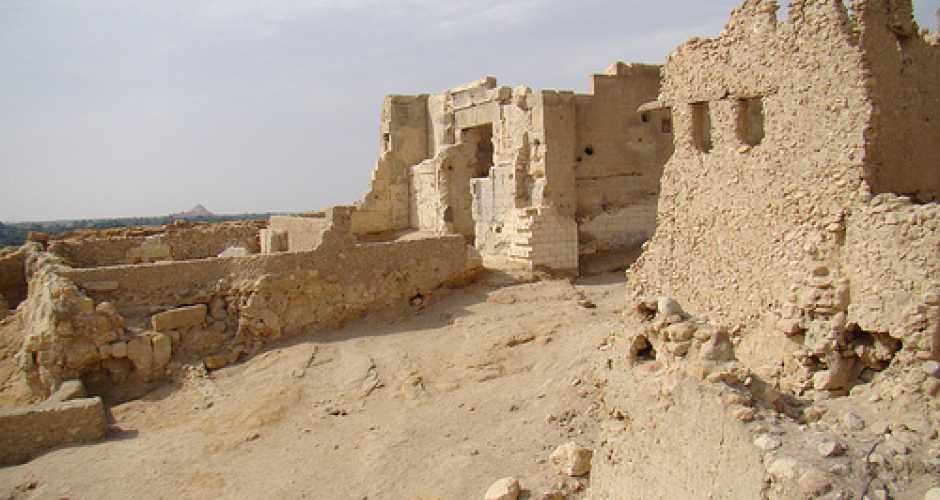- Home
-
Day tours
- Day tours
-
Marsa alam tours
-
Hurghada tours
-
El Quseir Tours
-
Makadi bay
-
Cairo Tours
- Cairo Tours
- Top Things in Cairo
- Siwa tours from Cairo
- Cairo Culture Tours
- Alexandria trips from Cairo
- Nile Cruises From Cairo
- Night Dinner Cruises in Cairo
- Sound and Light show Excursion
- Fayoum trips from Cairo
- Luxor Tours From Cairo
- white desert trips from Cairo
- Al Minya tours from Cairo
- Cairo Travel Packages
- Cairo Desert and Safari tours
- Aswan tours From Cairo
- Cairo Taxi Transfers
-
Luxor Tours
-
Portghalib tours
-
Sharm el Sheikh
-
El Gouna Tours
-
Aswan Tours
-
Sahl Hasheesh Tours
-
Soma Bay tours
- Safaga Tours
-
Airport Transfer
-
Tour Packages
- Tour Packages
-
Egypt Travel Packages
- Egypt Travel Packages
- Egypt Itinerary 4 Days
- Egypt Itinerary 5 Days
- Egypt Itinerary 6 Days
- Egypt itineraries 7 Days
- Egypt itineraries 8 Days
- Egypt Itinerary 9 Days
- Egypt Itineraries 10 Days
- Egypt Itinerary 11 Days
- Egypt Itineraries 12 Days
- Egypt Itineraries 13 Days
- Egypt Itineraries 14 Days
- Egypt Itineraries 15 Days
- Egypt Itineraries 16 Days
- Egypt Itineraries 17 Days
- Egypt Itineraries 18 Days
- Egypt Itineraries 19 Days
- Egypt Itineraries 20 Days
- Egypt Itineraries 21 Days
- Top Egypt Vacation Packages
- Egypt Cruises Packages
- Egypt Christmas Holidays
- Hurghada Holiday Packages
- Marsa Alam holidays packages
- Marsa Alam tour Packages
- Egypt Walking Holidays
-
Shore Excursions
- Egypt Nile Cruises
-
Egypt Attractions
- Egypt Attractions
-
Top Attractions In Luxor
-
Top attractions in Bahariya
-
Top Attractions In Fayoum
-
Top Attractions In Siwa
-
Top attractions in Sakkara
-
Top Attractions In Giza
-
Top Attractions In Aswan
-
Top Attractions In Alexandria
-
Top Attractions In Cairo
-
Attractions in Damietta
-
Top Attractions In Hurghada
-
Top Attractions in El Quseir
- Top attractions in Marsa Alam
- Top attractions in Al Minya
- Top attractions in El Gouna
- Top attractions in Sharm
- Contact us
-
Egypt Travel Guide
- Egypt Travel Guide
- Egypt tours Faq
- Egypt Itinerary 7 Days
- Best Tours in Marsa Alam
- Egypt Itinerary 8 Days
- Travel to siwa from Cairo
- Plan your trip to Egypt
- Is Egypt Safe to Visit
- Egypt Itinerary Planner
- The Best Winter Destinations
- Egypt Tour Packages guide
- The best Nile Cruises in Egypt
- Tips For visiting the Pyramid
- Foods You Need to Eat In Egypt
- The 10 Best Marsa Alam Tours
- Payment Policy
- White desert Tour packages
Location
The temple stands on a small hillock 400 m south of Aghurmi), which is itself 1.7 km east of the town of Shali in Siwa oasis.
It lies 2km north Gabal Dakrour, 1km north west Ein Shams which is known by (Hammam Cleopatra). The temple is surrounded from the north, east and south by agricultural lands, from the west by a paved road then agricultural lands.

History
The history of the temple is poorly known, although hieroglyphic inscriptions associate it with a Siwan kinglet called Wenamen and the 30th Dynasty king Nectanebo II.The most famous moment in the temple’s history came in 331 BC, when Alexander the Great visited in order to consult its oracle, accompanied by a large party of friends and soldiers, including the historian Callisthenes. Alexander arrived at the temple to be greeted by its high-priest as the king of Egypt, and to have the oracle bestow divinity upon him. It is unclear whether these events took place at this site, the nearby temple at Aghurmi (e33060003), or a combination of the two.Until the beginning of the nineteenth century much of the temple was preserved, but it was damaged in 1811 by an earthquake, and, in 1897, was blown up by one of the Ma’Murs of Siwa in order to obtain stones for the staircase of a police station.

Little remains of the temple, although it is known it was once richly decorated with reliefs and hieroglyphs in raised relief. Additionally, the temple’s masonry was partially of locally quarried alabaster. Came from Gabal at-Takrur. Excavation has revealed further details. For example, it is possible the temple possessed a colonnaded forecourt: the remains of palmiform columns and architraves have been recovered. Meanwhile, on the eastern slope of the hillock, the remains of a large (probably) Hellenistic or Roman platform-like structure of limestone masonry were found, together with a cistern.
Now the remaining part of the temple is the eastern wall of the room proceeding the sanctuary (the Pronaos), which contain colored carvings and drawings. The carvings begin at the top with images of the goddess Nekhbet protecting the king’s Kartoosh , then a hieroglyphic sunk relief representing the opening of the mouth ritual which is a strange aspect in the temples. Following this are three rows of persons (downwards) in raised relief representing some gods; at the front is Imn R ‘ sitting at his shrine represented in bull’s head, behind him is Mut, then the temple constructor (wen Amon); the waha governor Kneel in front of him and behind seven gods, in the middle row nine gods and in the lowest row three gods now. Around the temple there was an enclosure wall encompassing the temple from the outside, many of its parts can be seen in the west.
